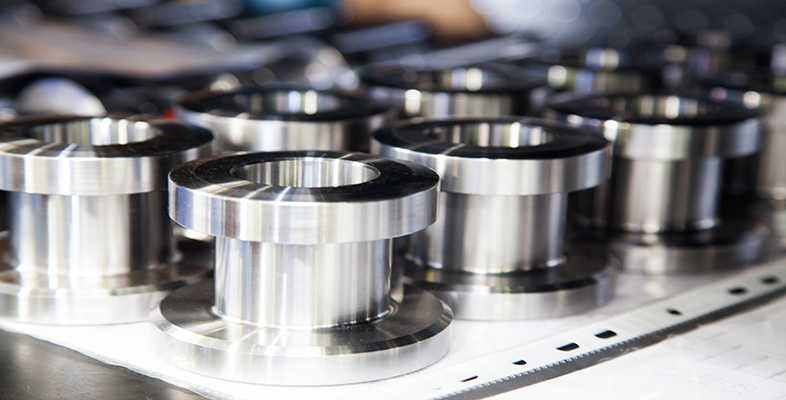5.5 Glues
The word 'adhesive' is usually taken to mean a type of glue. Adhesives now come in a vast array of different types; some stick in seconds (cyanoacrylate – Superglue), some take a day or so to cure (thermosetting epoxies), others stay permanently in a soft flexible state, like silicone adhesives. Thermosetting glues, like thermosetting plastics, are made by mixing together two ingredients, a 'resin' and a 'hardener', usually in liquid form, which react chemically to form a solid.
The major advantages of adhesive bonding are:
-
almost all materials or combinations of materials can be joined;
-
for most adhesives the curing temperatures are low, seldom exceeding 180°C;
-
a substantial number cure at room temperature and provide adequate strength for many applications;
-
heat-sensitive materials can be joined without damage;
-
no holes have to be made as with rivets or bolts;
-
large contact areas means high joint strength;
-
the adhesive will fill surface imperfections.
The major disadvantages of adhesive bonding are:
-
most adhesives are not stable above 180°C;
-
surface preparation and curing procedures are critical if good and consistent results are to be obtained;
-
life expectancy of the joint is hard to predict;
-
depending on the curing mechanism, assembly time may be longer than alternative techniques;
-
some adhesives contain toxic chemicals and solvents.
For successful soldering or adhesion, the 'glue' material must 'wet' the surfaces of the two objects to be joined. You can see the contrast between wetting and non-wetting when washing up greasy breakfast plates. When the plates are covered with oil and fat, water just runs off without sticking. This contrasts with what happens when the fat is removed with hot water and detergent: the plate then retains a thin covering of water. We say that water is 'wetting' the clean glazed surface.
Successful joining by solders or adhesives usually requires that the surfaces to be joined are completely clean. This can be achieved by using either mechanical or chemical techniques. The mechanical method uses abrasion to clean the surface, while the chemical methods for preparing metals typically use acidic solutions which etch the surface, as well as degreasing it with solvents. After cleaning the surface it is vital that recontamination does not occur from oxidation and airborne pollution. In particular, when heat is applied during brazing and soldering, oxidation can rapidly take place; in this case a flux can be applied which prevents oxygen from reaching the prepared surface. Abrading also has the advantage that the surface is roughened, thereby increasing the surface area which enhances the contact area of the joint.
